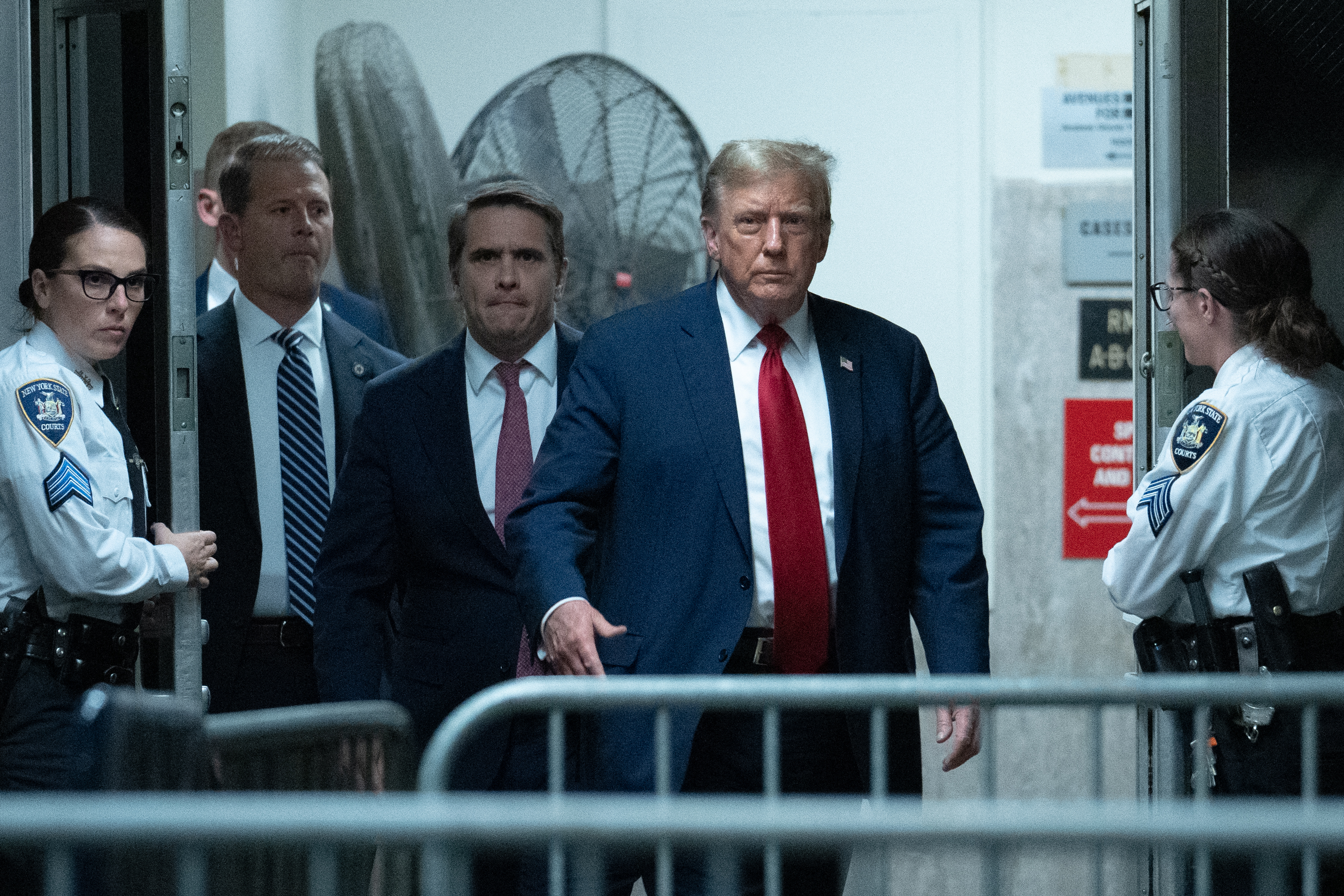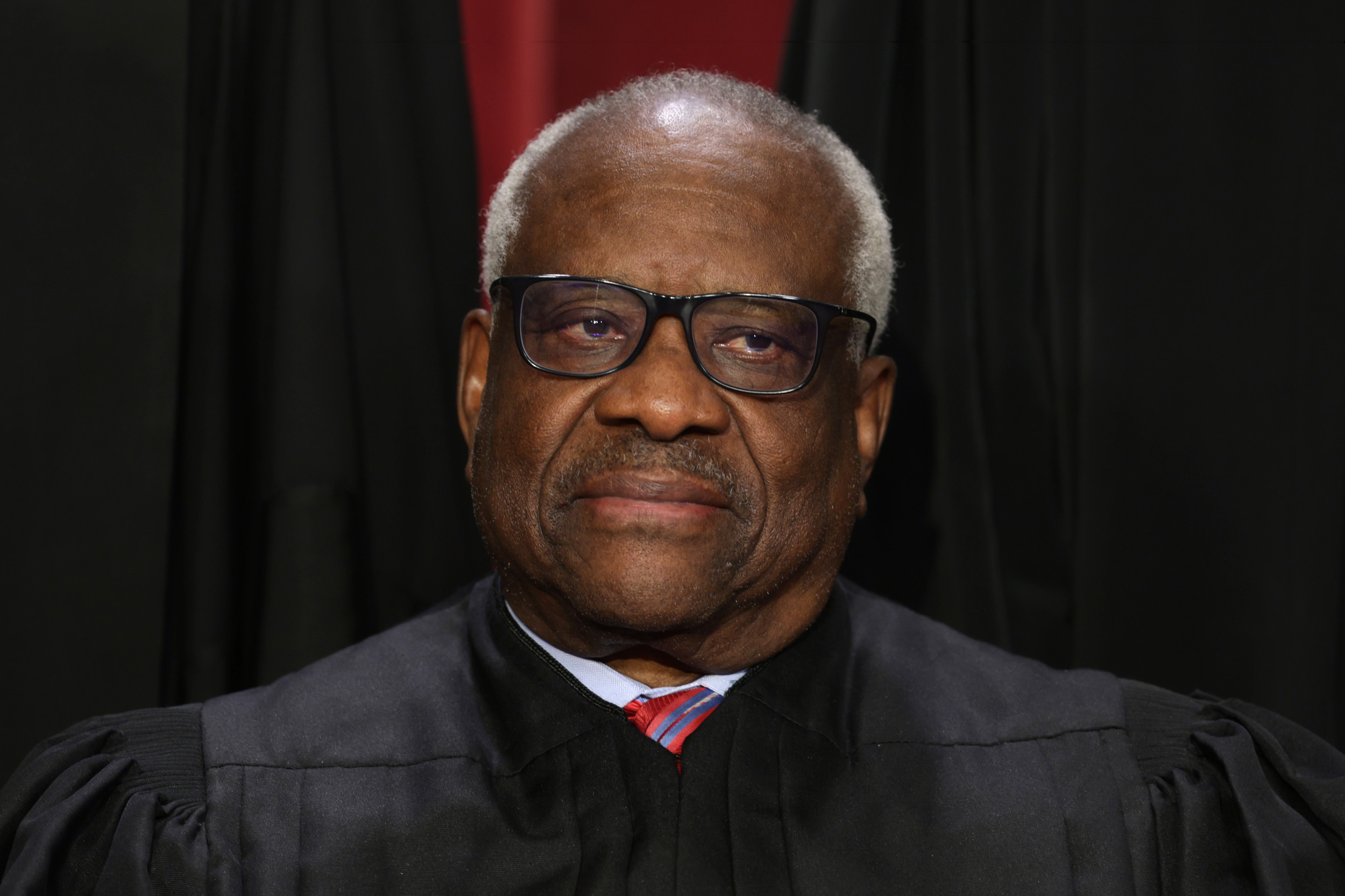
Updated | Concussions are difficult to detect because symptoms usually don't appear for hours, days, or even weeks after an injury. The lack of an official test to determine brain damage makes it a challenge to identify, which can often lead to underdiagnosis. To solve that problem, researchers at the University of Washington developed a smartphone app that can spot traumatic brain injury instantly by analyzing the eyes of someone with possible head trauma.
In the study, to be presented September 13 at Ubicomp 2017, the app "PupilScreen" diagnosed brain injuries with close to perfect accuracy. The researchers created a deep learning algorithm that can detect a telltale sign of brain injury: how pupils respond to light. By using an iPhone camera flash to stimulate the eyes and recording the pupil response in a three-second video, the researchers charted which pixels belonged to the pupil in each video frame. The app measures the changes in pupil size across these frames, enabling it to differ between the usual response of a healthy person and that of a person with a brain injury.
Relying first on healthy volunteers to develop a baseline of responses, the researchers then tried the app on six patients diagnosed with traumatic brain injuries. In short: it worked. The app correctly identified the patients as having these injuries.
PupilScreen is being developed so that someone on the sidelines of a game could simply hold their smartphone and use the flash to determine whether an athlete has suffered a head injury.
"We want every parent, coach, caregiver or EMT who is concerned about a brain injury to be able to use it on the spot without needing extra hardware," said Alex Mariakakis, lead author of the study and a doctoral student in the Paul G. Allen School of Computer Science & Engineering, in a statement.
The app would help people to assess a patient's pupillary light reflex as well as a pupillometer, which is an expensive and rarely used machine found only in hospitals. Clinicians typically resort to a pen light that measures the pupil's diameter, but interpreting the response is up to each clinician, leaving room for subjective error.
Mariakakis and his colleagues wanted to eliminate that subjectivity. They trained the machine learning tools to differentiate between the eye's pupil and iris by annotating about 4,000 images of eyes by hand. This expansive work gave the computer the ability to measure the subtle changes in the pupillary light reflex without relying on individual interpretation.
PupilScreen may provide "the first capability to measure an objective biomarker of concussion in the field," said Dr. Lynn McGrath, a resident doctor with UW Medicine.
Currently, coaches and parents use the Sport Concussion Assessment Tool - 5th Edition (SCAT5), the standardized tool designed by physicians for evaluating concussions in less than 10 minutes. This tool consists of questions and simple tests to gauge a patient's cognition, including asking where they are, repeating a list of words, checking their balance, and seeing if they can touch a finger to their nose. Again, these are subjective measurements that the new app could replace.
Similarly, the company Brightlamp says it has created a way to identify concussions in less than 30 seconds. The pupillometry method on the mobile app (patent pending) requires a coach, parent, or EMT to hold the camera up to the patient's eyes and tap the screen to start the test. The app then flashes a light to initiate pupil response and measure the latency, constriction rate, dilation rate, and recovery time to determine the risk of brain injury.
Apps like PupilScreen and Brightlamp may reduce the number of sports injuries that still go undiagnosed—half of 3.8 million concussions per year, according to the Centers for Disease Control and Prevention. Research has shown that more than 80 percent of football concussions go unreported.
It may be a while before PupilScreen makes its way to the football field. A broader clinical study will be conducted this fall involving coaches, emergency medical technicians, doctors and others using the app. In particular, the development team plans to collect more data on which pupillary response characteristics are most helpful in assessing the vaguest cases of concussions. The researchers hope to release a commercial version within the next two years.
This article has been updated to clarify sourcing.
Uncommon Knowledge
Newsweek is committed to challenging conventional wisdom and finding connections in the search for common ground.
Newsweek is committed to challenging conventional wisdom and finding connections in the search for common ground.
About the writer
To read how Newsweek uses AI as a newsroom tool, Click here.








